

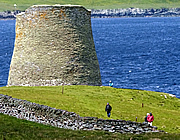
More ancient history, stunning St Ninian's Isle and Mousa broch - best-preserved and tallest in Scotland.
Shetland pages:
Sumburgh Head, Ness of Burgi, Jarlshof
Old Scatness, St Ninian's Isle, Mousa
Lerwick, Scalloway
Eshaness, Stanydale Temple
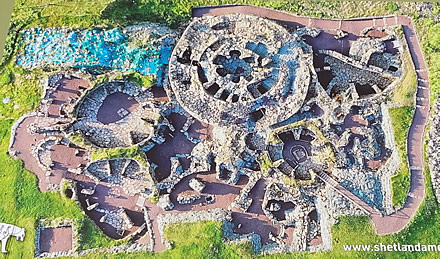
The Iron Age site of Old Scatness was closed but we could see quite a bit from walking around the outside.
The site is still under investigation and, even when it is open, it is only at very limited times and with a guide on a restricted route. There are an awful lot of sandbags at this site!
Three structures exposed during the exploration of the site have been rebuilt to one side: a Pictish cellular building, a wheelhouse and a roundhouse. The roundhouse would be the oldest, followed by the wheelhouse and Pictish building.
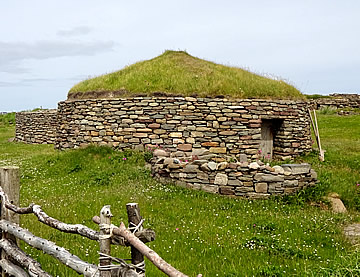
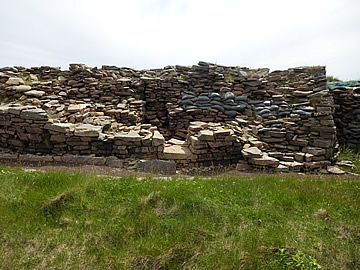
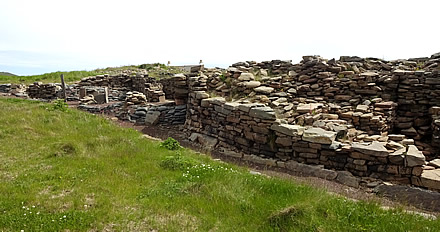
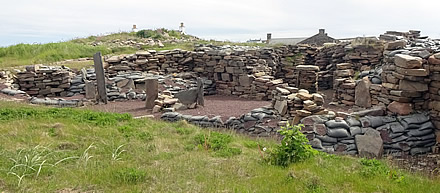
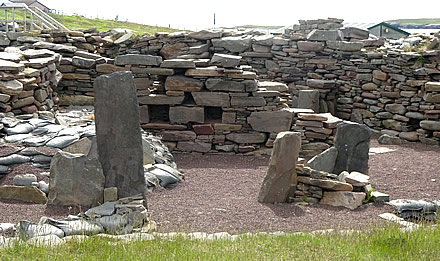
The broch was built some time between 400 and 200 BC. It has the standard double wall surrounding a circular space which would have had a central hearth. There was a staircase in the gap between the concentric broch walls to reach upper floors. Often there were compartments between the walls at ground level.
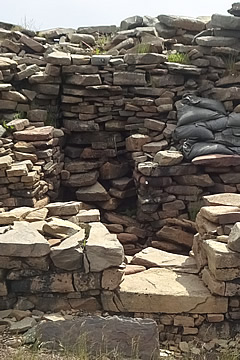
The surrounding wheelhouses are slightly later, around 100BC, again of typical design with walls projecting inwards from the inner wall of the building like spokes of a wheel, creating compartments around the inner edge.
The site was continually occupied for around 2,500 years.
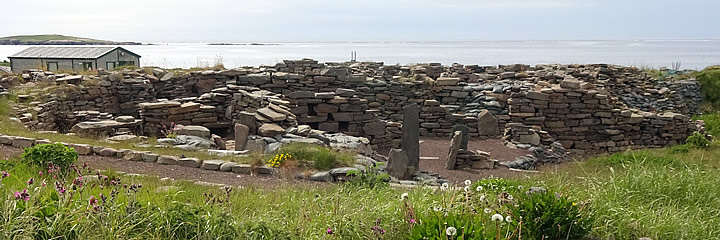
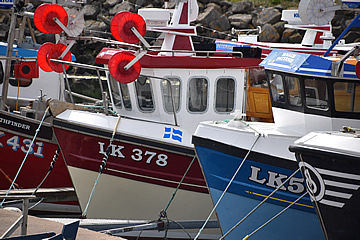
Much less is left of Eastshore broch, reached via Durossness Boating Club. It is now right on the edge of the coast and has been severely eroded by the sea. So much so that we had great difficulty in spotting it!
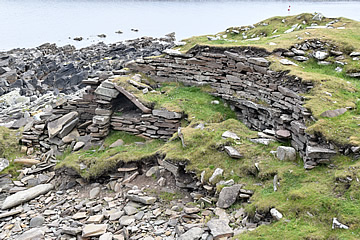
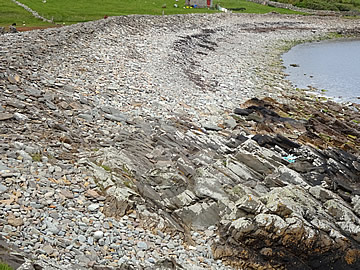
The storm beach here is impressive though, a curved ridge of weathered stones.
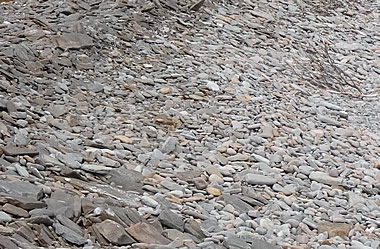
There are atmospheric remains of lichen-covered buildings, probably fishermen's cottages.
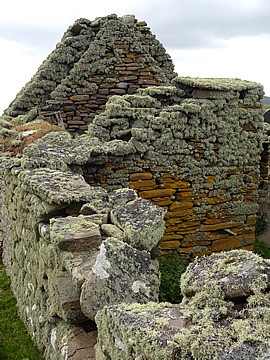
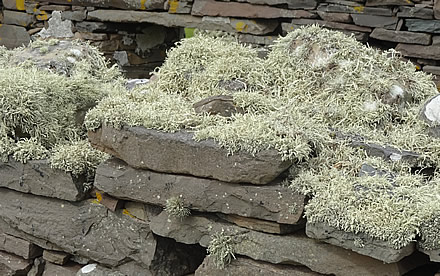
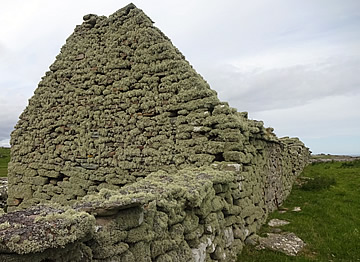
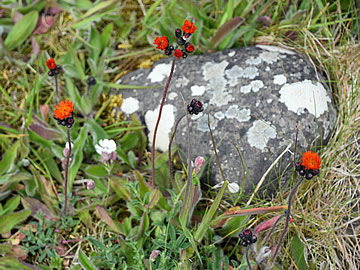
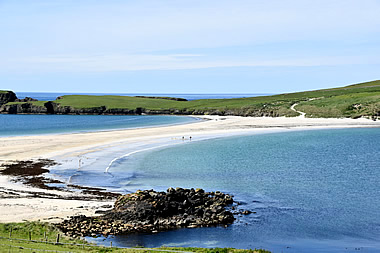
There are the most fabulous beaches on the tombola connecting Mainland to St Ninian's Isle.
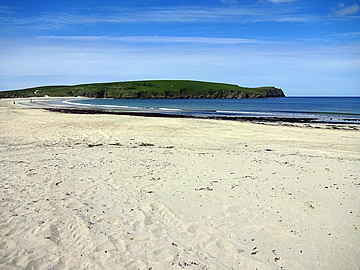
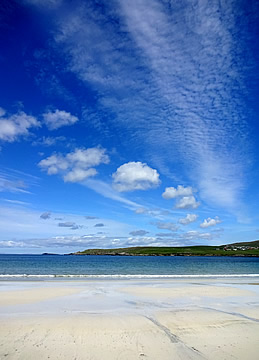
We walked across and up onto the clifftops where there are wide views out to sea and along the coast.
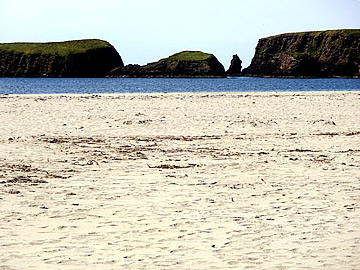
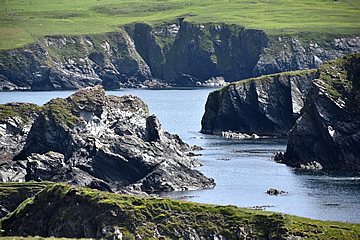
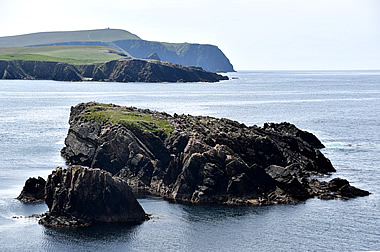
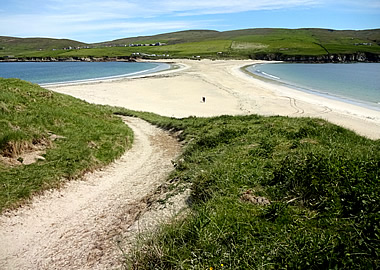

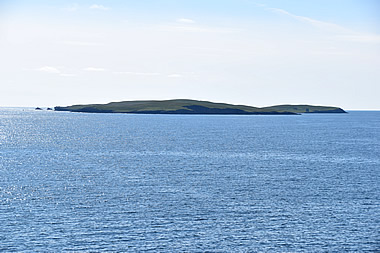
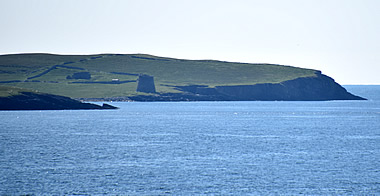
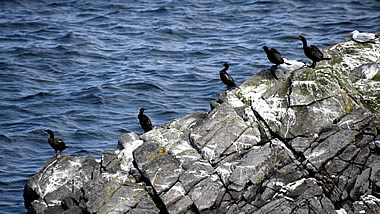
The small island of Mousa lies off the east coast of Mainland, approximately midway between Lerwick and Sumburgh Head, famous for its Iron Age broch. We took the little ferry from Sandwick, only 15 minutes on very calm seas.
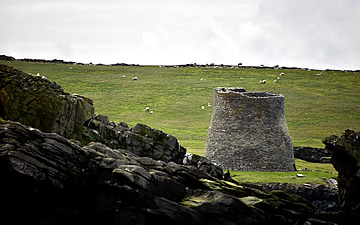
On the island we walked clockwise round the coastal trail with fine sea views all the way.
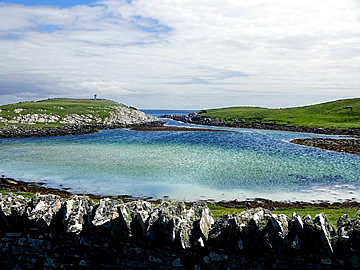
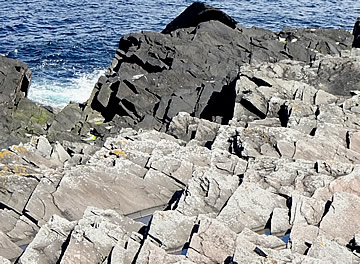
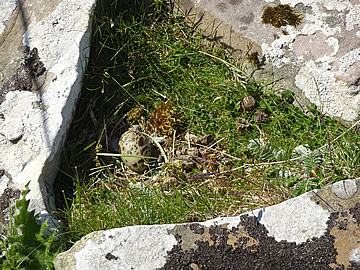
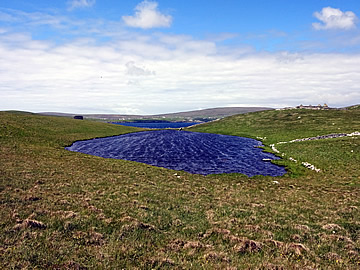
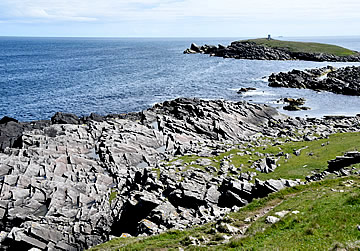
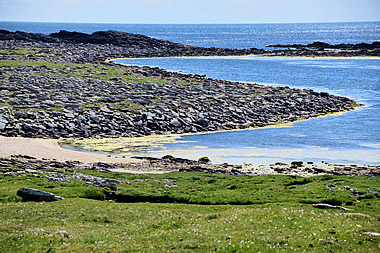
We passed an Arctic Tern nest (with one egg) that the RSPB had cordoned off as it was right next to the trail.
There was another one with two eggs in the same enclosure but further away from the trail so we didn't see that as visitors are asked to keep to the trail as much as possible, and especially to avoid disturbing nesting birds.
The Iron Age broch on Mousa is famous - the best preserved and tallest in Scotland.1
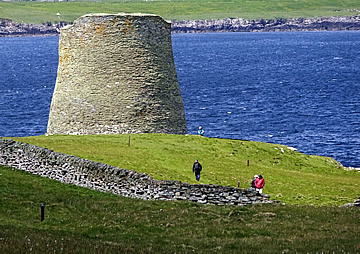
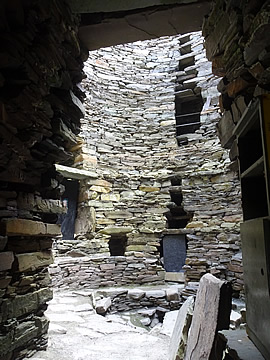
Built some time between 400BC and the 1st century AD, the outer diameter at ground level is 15.3m and the wall is almost 5m thick. The broch still stands to a height of about 13m, tapering to a smaller outer diameter at the top, and it is thought this is close to its original height.
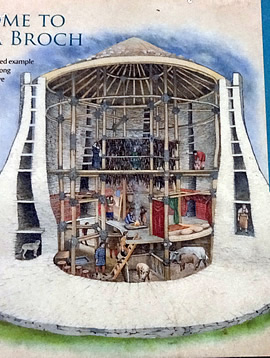
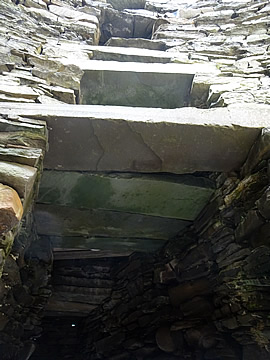
The internal space is about 6m across and three oval chambers are set into the base of the massive dry stone wall, accessed from the internal space.
Just above three metres the wall becomes double-skinned, with six horizontal intra-mural gallery levels though which a staircase climbs to the wall-head. The gallery floors are made of long stone slabs which also help to tie together the inner and outer walls.
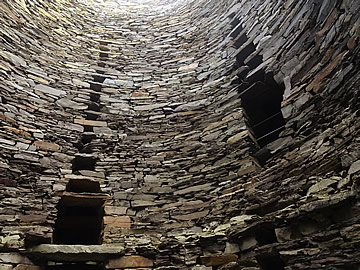
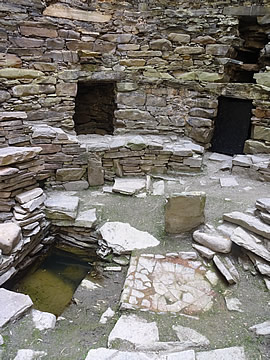
The inner wall face is vertical and elongated apertures allow air and light into the galleries. These are sometimes called "stacked voids" and may also be a strengthening strategy as they are aligned over entrances to galleries and chambers and would help to relieve stress by reducing the mass of wall above the entrances.
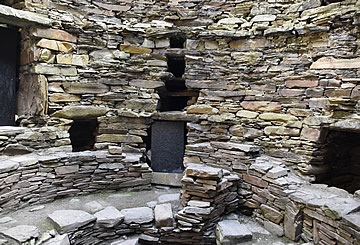
At ground level within the broch are a small hearth and a water tank, both created some time after the broch was first built. The people who lived here would almost certainly have been farmers, just like most people at this time.
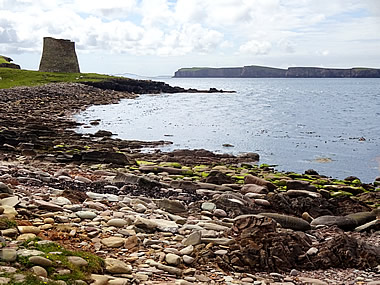
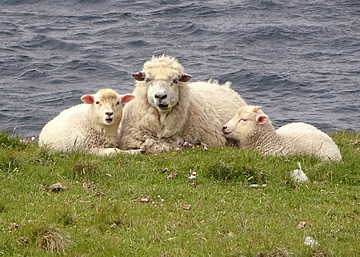
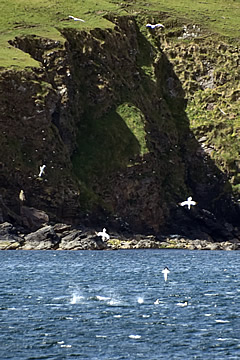
Everyone was back at the dock quite early so the boatman took us on a little sea tour to see the broch from the water.
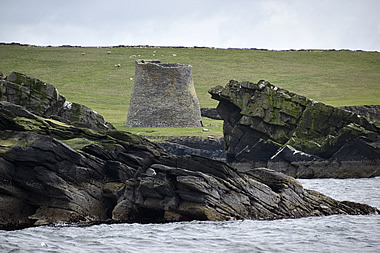
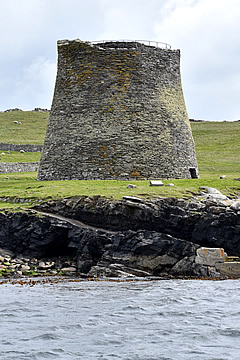
A porpoise followed us back for part of the way, appearing first on one side of the boat, then on the other. Very playful and impossible to photograph!
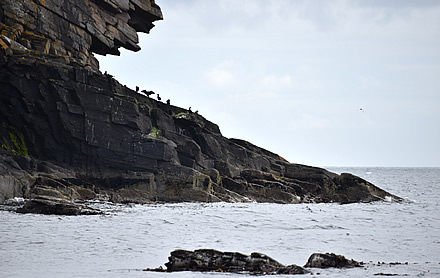
References